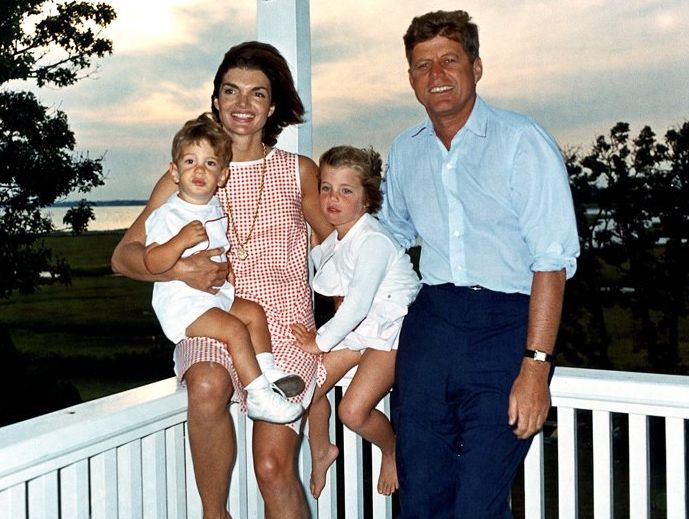What's rape anxiety? This woman explained it to her favorite men, and they were shocked.
A couple years ago, I had a conversation with some of my guy friends that I’ll never forget.
We were talking about whether there’s such a thing as "a good rape joke" (answer: no), and I mentioned that women tend to have “rape anxiety” in public. They didn't understand the concept, so I explained:
Sometimes, if we’re walking down a dark alley alone, we worry that we might get raped. That anxiety can even happen in more low-risk situations, like if we’re walking to work in broad daylight or even when someone rolls down the window of their car to shout something about our bodies.
My dude friends looked at me like I had just convincingly explained to them that the Earth was flat.
A protestor at a Take Back the Night rally in London. Photo by Charlotte Barnes/Wikimedia Commons.
They had no idea that I experienced this fundamental truth of my existence every day.
They had no idea this feeling was shared, to some degree, with most women (and other marginalized people who are threatened in public spaces). It had never even occurred to my favorite men that many of the people they interact with live with this form of apprehension all the time.
A few weeks later, after our conversation, my friend Eric told me a story.
He said he was walking down the street at night, about 15 feet behind a young woman. At one point, she glanced back at him — and he recalled our conversation. So he started walking slower and decided to take a different route home, in case he was unintentionally making her nervous.
I gave him a hug and felt lucky to have men in my life that take sexual harassment and gendered violence seriously. But even well-intentioned guys may be unaware of how their position of power creates intimidating situations.
To the dudes I love, the dudes who walk me home at night and care about me very much, here’s what your female friend wants you to know when she's talking about harassment and violence:
Photo via iStock.
1. I need you to listen to me.
Resist your impulse to "not-all-men" your way out of the conversation. If I'm talking to you about this issue, it's because I trust you and I think it's an important discussion to have.
Please understand that my experiences may change your worldview a little bit — and that yours might change mine. If both of us approach the conversation with the assumption that we have something to learn, chances are we will.
2. I need you to be aware of how your behavior could unintentionally make the women (and femme and queer people) around you uncomfortable.
Maybe you're trying to chat up a woman at the bar who doesn't seem interested and you're just not taking a hint. Maybe a step in the right direction is realizing that the woman who's glancing back at you while you walk down the street is trying to assess if you're a threat.
When you're more in tune with the harassment that women experience every day simply by existing in the world, the next step is to notice if and how you play a role in those situations. Lots of times your threat is harmless, of course. But it never hurts to think critically about how you treat women, especially those you don't know, in public.
3. I need you to use your privilege as a shield.
Guys, it's exhausting to have to do all of this work ourselves. We really want your help.
The perpetrators of gendered microaggressions, sexual harassment, and sexual violence aren't strangers — they're the men in your classes, your workplace, your gym. So if you see something, please say something.
If a coworker makes an inappropriate comment to you about another coworker's body, please tell them it's not OK.
If you see a dude harassing a female friend at a party or a bar, please tactfully interject yourself into the situation to give her an out.
And, for the love of all that is holy, PLEASE teach your sons, brothers, and friends to do the same.
It may be uncomfortable to start talking about sexual violence and harassment, but it's so, so necessary for all of us.
Those conversations could make a real difference in whether people like me feel safe and comfortable in the world.
That matters.
- Woman shares the stories of the men who didn't rape her - Upworthy ›
- Woman shares photos of what anxiety looks like - Upworthy ›
- Scientists discover the 'anxiety gene' - Upworthy ›
- Woman shuts the myth that rape is a woman's fault with dog - Upworthy ›
- Rape kit backlogs finally clear, giving some survivors hope - Upworthy ›
- Guys share the obvious romantic "hints" they missed from women - Upworthy ›
- Straight men need to understand why women feel safer around gay men - Upworthy ›





 This is a teacher who cares.
This is a teacher who cares.  Halloween costume, check.
Halloween costume, check.  Don Draper from AMC's "Mad Men" Image via "Mad Men" AMC
Don Draper from AMC's "Mad Men" Image via "Mad Men" AMC John F. Kennedy with his family Image via Wikicommons
John F. Kennedy with his family Image via Wikicommons An adorable French Bulldogvia
An adorable French Bulldogvia  french bulldog gifofdogs GIF by Rover.com
french bulldog gifofdogs GIF by Rover.com A grown woman and her motherImage via Canva
A grown woman and her motherImage via Canva An adult woman and her older motherImage via Canva
An adult woman and her older motherImage via Canva